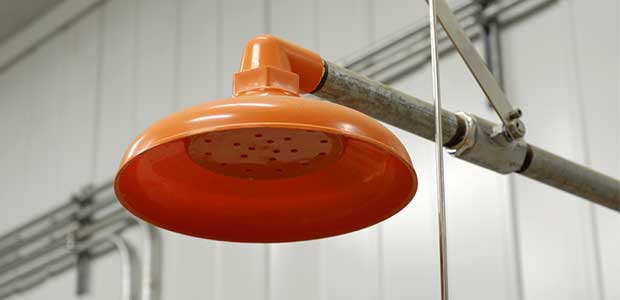
By Ryan Pfund
Toxins are living in the showers and eyewashes; we have your guide against the hazards.
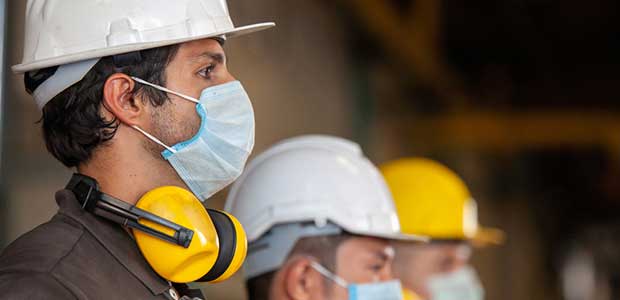
By Sayanti Basu
What’s the importance of respiratory PPE then and now?
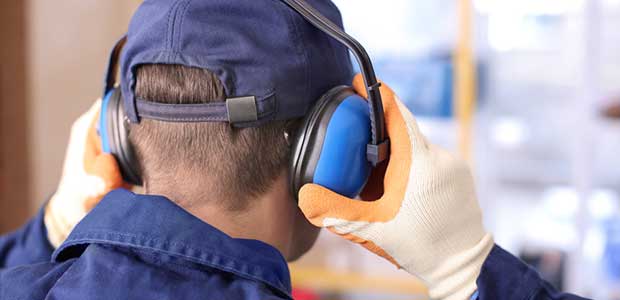
By Gregory Boothe
Hearing loss can be amplified by noise and chemicals.

By Tim Turney
The smarter path to social distancing.
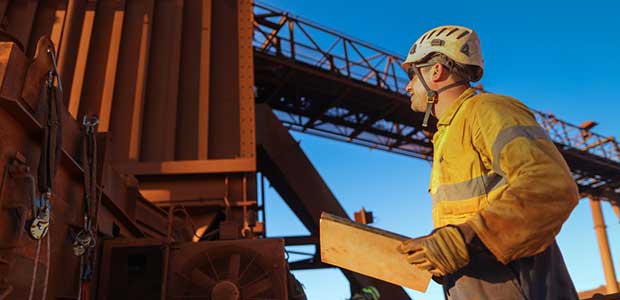
By Doug Pontsler
How safety and health professionals can scope out the big picture of workplace hazards and assess their risks through Visual Literacy practices.

By Mark Silvester
For some companies, data has become a critical part of safety and sustainability programs.
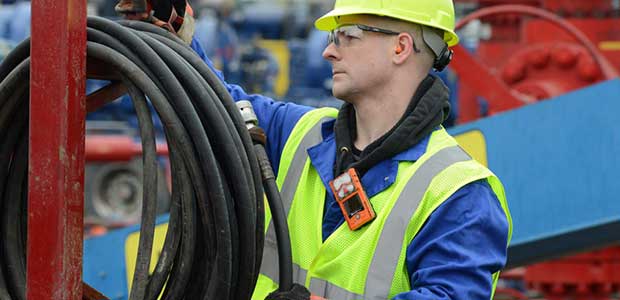
By Ryan Cantwell
By sharing data and information out to teammates and supervisors, wearable devices can have a positive impact even in the most hazardous of situations.
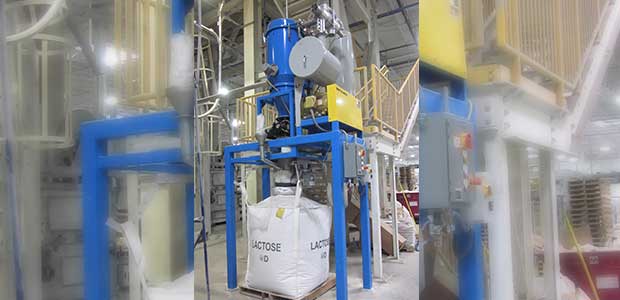
By Doan Pendleton
Why industrial combustible dust vacuum cleaners require expert design and the options available to remove and prevent concentrations of fugitive combustible dust that cause catastrophic secondary dust explosions.
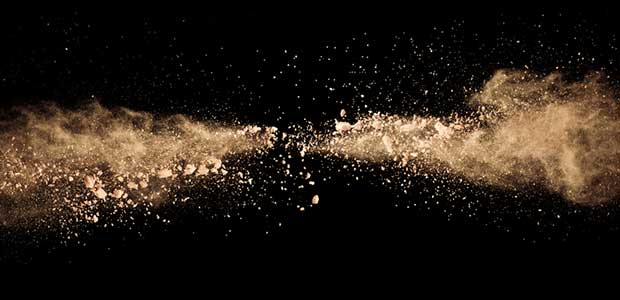
By Russell A. Ogle, Brenton L. Cox, David C. Hietala
A useful guide shows you how to evaluate and prioritize your DHA recommendations.
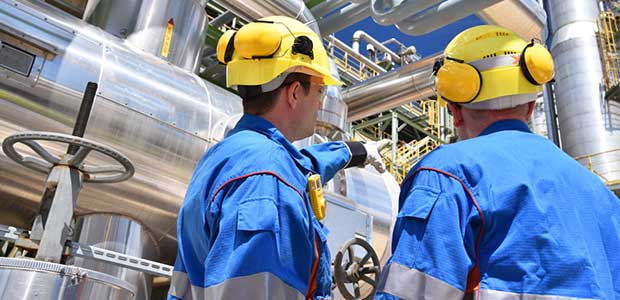
By Dave Risi
How do we evaluate workplace exposures and ensure the health of all workers while making the most efficient use of our time and resources? SEGs are the answer.
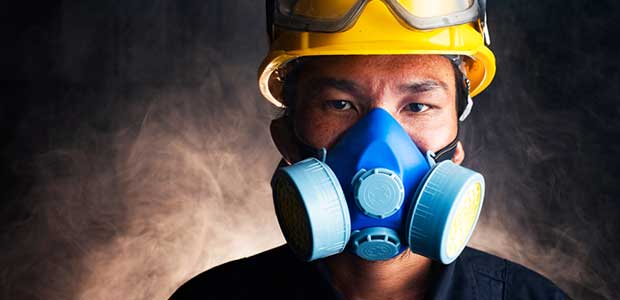
By Dennis Terpin
Understanding the difference in respiratory protection and source control.
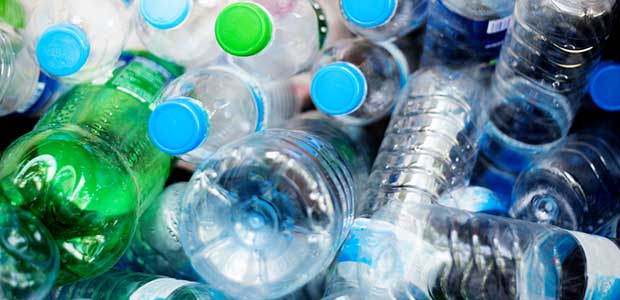
By Rodney Taylor
Sustainability is a hot topic, but does it have any real meaning for industrial PPE?
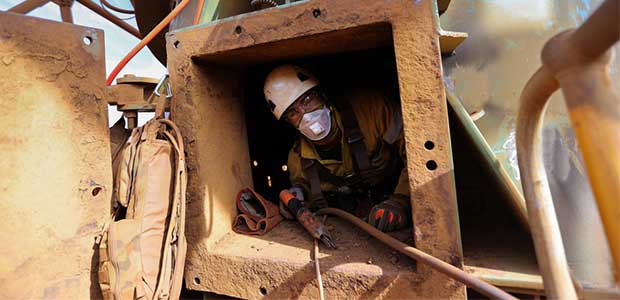
By Tom Burgess
Confined spaces continue to put workers in hazardous situations. It is crucial to identify hazards and design procedures to protect.
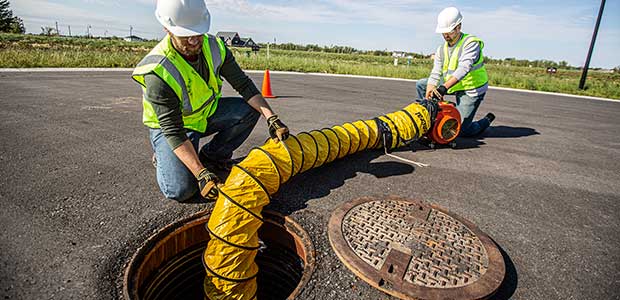
By Jan Wienczkowski
To help clear the air, here is some advice for selecting a proper ventilation blower for a confined space, as well as some tips on usage.
By Robert Pater
Discovering new safety strategies requires a hands-on approach.